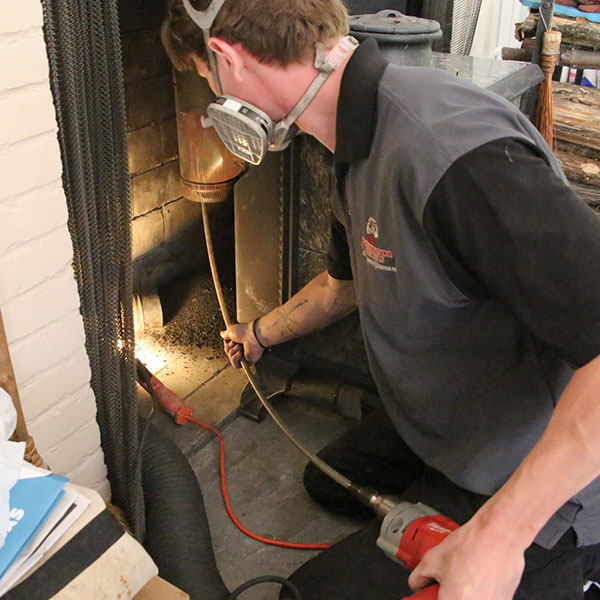5 Things to Do to Get Your Chimney Ready for Winter
Winter is known for its low temperatures, and one of the ways to keep you and your family warm is by installing a chimney in the house.
To be certain that your chimney will provide you with the warmth you are after during the biting cold winter months, you must prepare it.
Some of the things you need to do to get your chimney ready for winter include:
Have it cleaned by a chimney sweep.
Soot, creosote, and other debris can accumulate in the chimney. These compounds are highly combustible and, if not removed, can cause chimney fires. Cleaning your chimney before winter lowers the risk of a potentially severe and destructive fire.
A clean chimney allows smoke and dangerous gases to vent correctly, keeping them out of your home. This improves indoor air quality, lowering the risk of respiratory disorders and other health conditions.
When it comes to chimney sweeping, it cannot be carried out by anyone. It should be done by a chimney cleaning professional c who knows what they are doing.
Don’t hire the first one you come across when hiring a chimney sweep. Many homeowners make the mistake of picking the first company they see on the search results. This is wrong.
After identifying three or more cleaning professionals, you should schedule interviews to ascertain their work performance.
As always, don’t take their word. You should reach out to the other homeowners they have worked with before and find out whether the company delivered an excellent service.
You should always work with a company that has a proven record. You don’t want a service provider who will cause more problems than are already there.
Ensure all the devices are working.
The chimney should have a heat controller. From its name, the controller controls the amount of heat the chimney produces. It ensures that the heat isn’t too much to make the house uncomfortable or too little that you aren’t getting the intended warmth.
You should check the controller and ensure that it’s working properly.
You also should check the carbon monoxide sensors and ensure they are in top working condition. The last thing you want is for the carbon monoxide levels to rise, yet you can’t tell.
In most cases, the sensors drain their battery, so this is the first place to check. If the batteries are depleted, replace them with new ones.
If you installed the sensors long ago and aren’t working, it might be time to replace them.
Gather the right wood.
If you have a wood-burning fireplace, you need wood. For the best outcome, avoid burning wet, treated, polished, varnished, oiled wood or timber waste such as pallets, furniture, or fencing.
Hardwood species such as oak and mahogany will burn with the cleanest and brightest flame, so go for these.
Softwood trees such as pine and cypress tend to produce more smoke, so you should avoid it at all costs.
Always use well-seasoned firewood for the best results and safety. Wood that has been properly seasoned has been dried for at least six months to a year, lowering moisture content and enhancing combustion qualities.
You also should ensure that you go with dry wood. This is because dry wood burns faster, produces less smoke, and has more heat.
Keep your collected wood sheltered, well-ventilated to protect it from rain or snow.
Get rid of birds and other animals.
If you have gone for a long time without using your chimney, chances are that there are birds, mice, and other animals in the chimney.
As you can tell, these animals might block the smoke from leaving, and it comes back into the house. You don’t want this, do you?
Start with inspecting the chimney for any active bird nests. Disturbing active nests is banned in many countries because birds and their nests are protected under wildlife protection regulations.
If you have an active nest in your chimney, don’t disturb it. Instead, wait until the birds have fledged and left on their own before cleaning it.
You should plan your chimney cleaning during the off-season to prevent disturbing nesting birds. Since birds normally nest in many areas during the spring and early summer, scheduling cleaning in late summer or autumn may be a safer option.
If birds are present but have not nested in the chimney, employ humane ways to urge them to leave. You can use loud noises or bright lights to direct them to another site without risking their lives.
If you need help with the presence of birds or how to handle them, contact a professional chimney sweep. These professionals are used to dealing with such situations and will take the necessary precautions to ensure the birds are safe.
After removing the birds, consider adding a chimney cap to prevent birds from nesting in your chimney. A chimney cap fits over the top of the chimney, allowing smoke to escape while keeping birds and other animals out.
Make the final touches.
After cleaning the chimney, gathering the right wood, and storing it correctly, you should make the final touches.
One thing you can do is to enhance the look of your fireplace by decorating it. Decorating it gives it a fancy look and elevates the comfortability of someone using it.
When choosing the decorations, ensure they are warm and welcoming. This may be achieved by setting up some candles, adding soft blankets, and putting comfortable cushions in place.
You can also use ornaments and wall decors to spice the look around.
Parting shot
You should always correctly prepare your chimney before the onset of the winter season.
If you are a dab hand at DIY projects, you can do the preparations by yourself, but if you don’t like working with your hands or are strapped for time, you can hire chimney contractors Ellicott City to help you out.
As mentioned, always take your time when hiring contractors and ensure you hire the right ones.
The post 5 Things to Do to Get Your Chimney Ready for Winter first appeared on First Class Chimney Services.
This post first appeared on https://www.firstclasschimneyservices.com


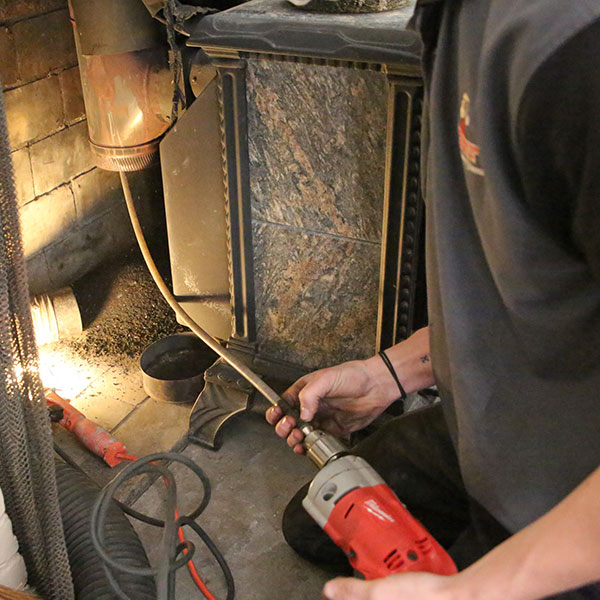 Creosote Removal
Creosote Removal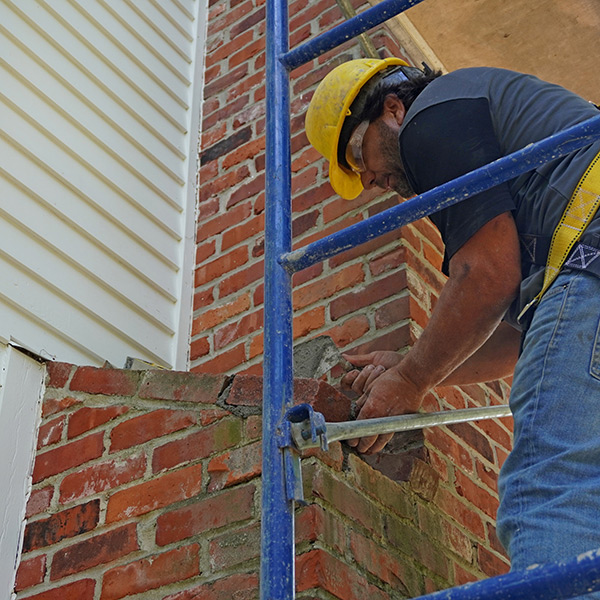



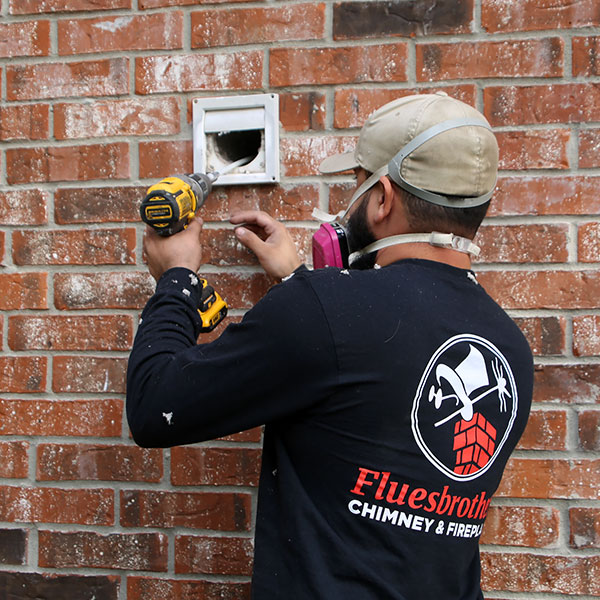 According to the US Fire Administration (USFA), nearly 3,000 clothes dryer fires occur annually. In addition to more than $233 million in property damage every year, these fires cause a number of injuries and fatalities.
According to the US Fire Administration (USFA), nearly 3,000 clothes dryer fires occur annually. In addition to more than $233 million in property damage every year, these fires cause a number of injuries and fatalities.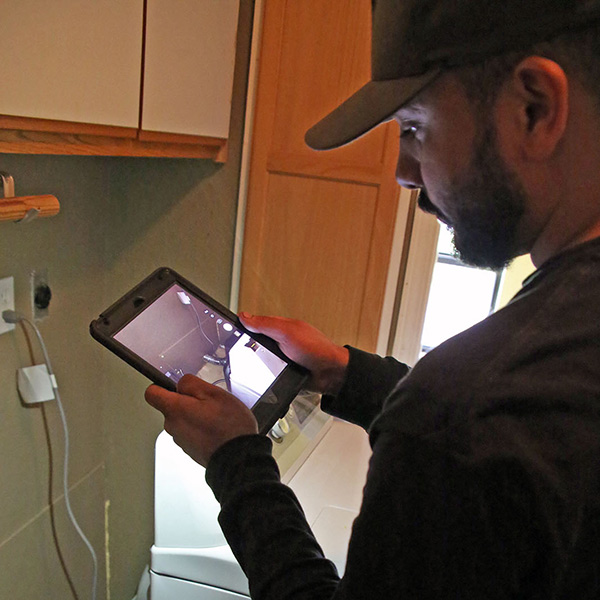 Kansas City Dryer Vent Cleaning Services
Kansas City Dryer Vent Cleaning Services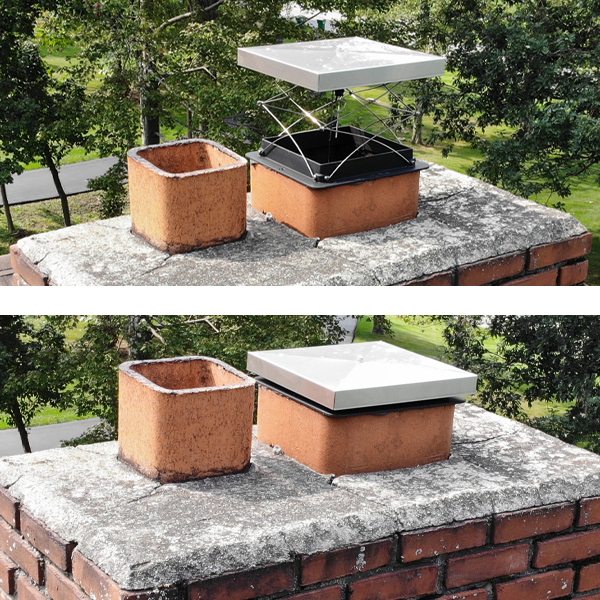 What is a Fireplace Damper?
What is a Fireplace Damper?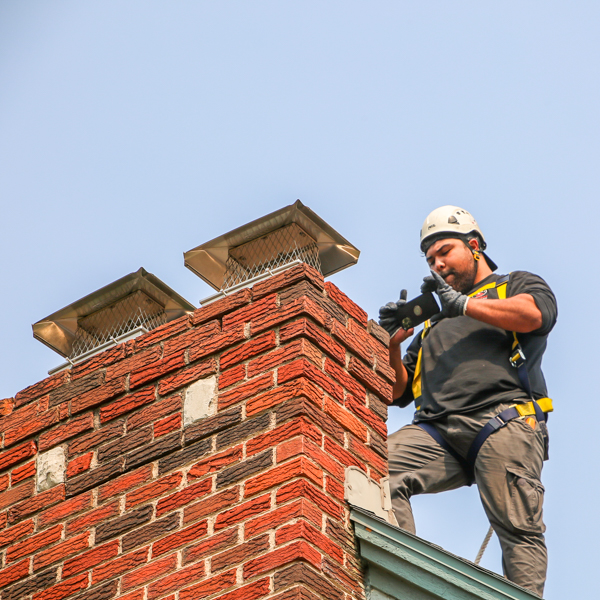 Home Protection
Home Protection
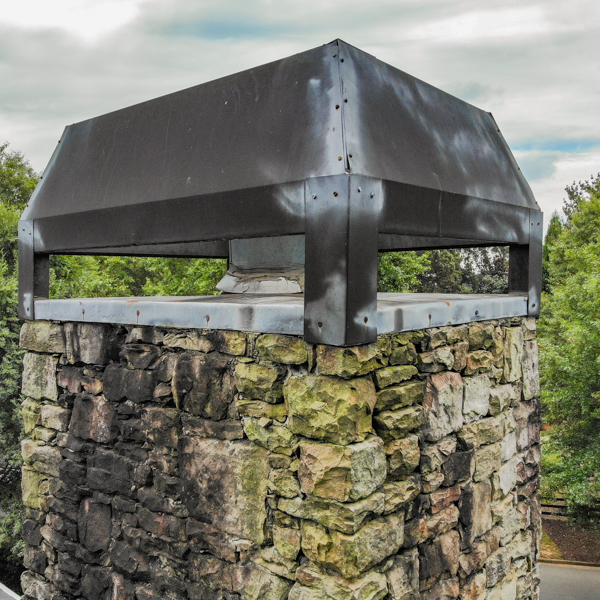 Common Reasons Why Stains Happen
Common Reasons Why Stains Happen